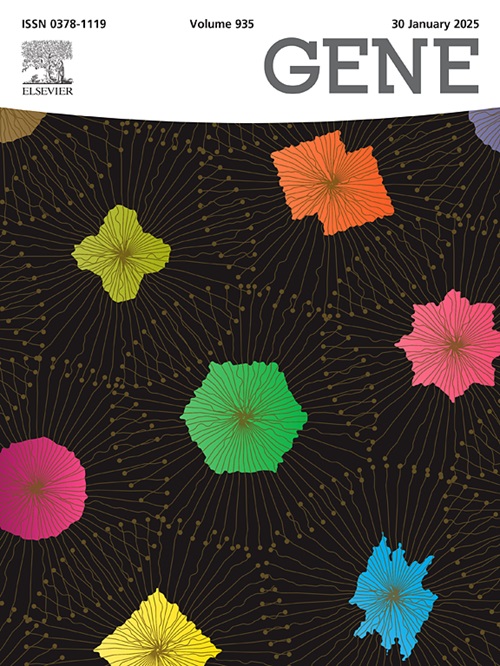Decoy oligodeoxynucleotides targeting STATs in non-cancer gene therapy
IF 2.6
3区 生物学
Q2 GENETICS & HEREDITY
引用次数: 0
Abstract
The Signal Transducer and Activator of Transcription (STAT) protein family is crucial for organizing the epigenetic configuration of immune cells and controlling various fundamental cell physiological functions including apoptosis, development, inflammation, immunological responses, and cell proliferation and differentiation. The human genome has seven known STAT genes, named 1, 2, 3, 4, 5a, 5b, and 6. Aberrant activation of STAT signaling pathways is associated with many human disorders, particularly cardiovascular diseases (CVDs), making these proteins promising therapeutic targets. Improved understanding of altered and pathological gene expression and its role in the pathophysiology of various hereditary and acquired disorders has enabled the development of novel treatment approaches based on gene expression modulation. One such promising development is the oligodeoxynucleotide decoy method, which may allow researchers to specifically influence gene activation or repression. Various oligodeoxynucleotide decoys target STATs and affect the expression of its downstream genes. We summarized cell culture and preclinical research, which evaluated the effects of oligodeoxynucleotide decoys target STATs in different types of non-cancer illnesses.
求助全文
约1分钟内获得全文
求助全文
来源期刊

Gene
生物-遗传学
CiteScore
6.10
自引率
2.90%
发文量
718
审稿时长
42 days
期刊介绍:
Gene publishes papers that focus on the regulation, expression, function and evolution of genes in all biological contexts, including all prokaryotic and eukaryotic organisms, as well as viruses.
 求助内容:
求助内容: 应助结果提醒方式:
应助结果提醒方式:


